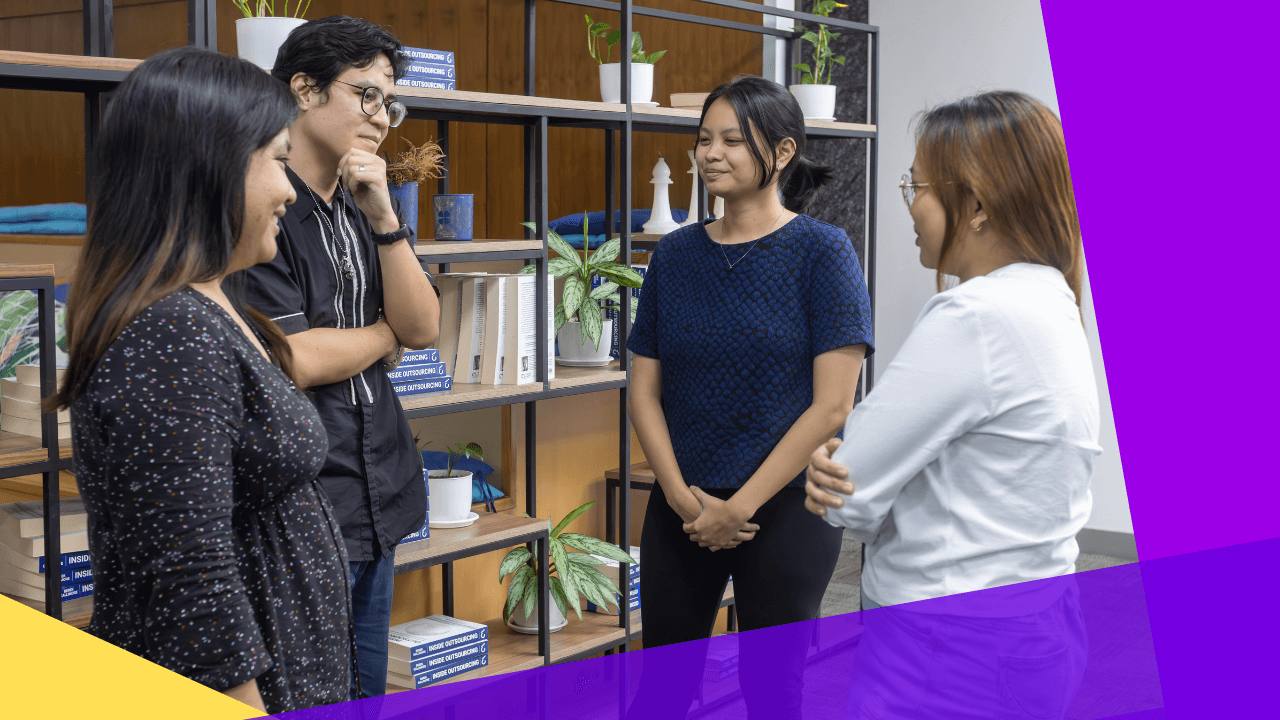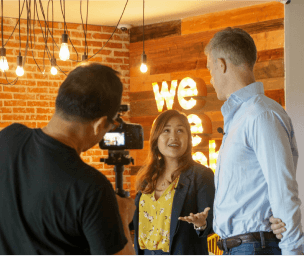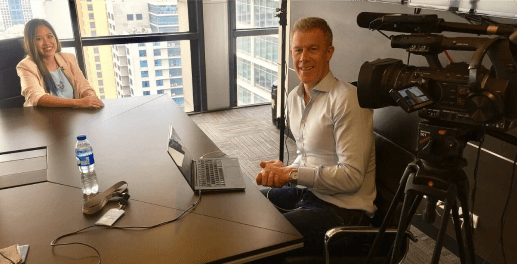Workspaces must evolve for human connection, experts say

NEW YORK, UNITED STATES — As work increasingly spans kitchen tables, office cubicles, and digital platforms, the need for meaningful human connection remains unchanged, but the ways we connect are transforming.
“The focus will shift from the place where I do my work to the work I am doing and the people I’m collaborating with,” observed Helen Sheirbon, SVP and COO of Global HP Solutions, during a recent panel at Fast Company’s New World of Work Summit.
Increasingly, collaboration happens virtually. Experts at the summit emphasized that technology must support, rather than hinder, this transition.
“People need to be able to focus on what they’re talking about, not wondering if they look right on camera, or whether their colleague can hear the lawnmower,” Sheirbon remarked.
Innovations like AI-enabled auto-framing, noise filtering, and adaptive lighting are becoming essential, enabling technology to enhance conversations rather than distract from them.
Creating inclusive, accessible workspaces in the hybrid era
Traditional office design has prized productivity over people’s sense of belonging. But that’s changing, said Rani Johnson, Chief Information Officer at Workday. She recalled a video call where poor lighting left her feeling like “just a set of teeth” on screen—an experience familiar to many of her team in India. “If they’re not feeling seen, that’s a problem,” Johnson noted.
Workday responded by rethinking various aspects, including lighting, camera placement, and employee training. The company also adopted AI-driven features, such as instant meeting transcripts, to improve accessibility for all, including staff with hearing impairments. But technology alone isn’t enough.
“We need to make sure we’re creating environments where everyone feels comfortable to offer their opinions,” Johnson explained, emphasizing the need for cultures that uplift quieter voices and draw out unique creativity.
How AI and peer learning drive everyday innovation at work
While AI tools can bridge teams and boost creativity, confidence and trust are essential for widespread adoption. Within Workday, Johnson spearheaded the “Everyday AI” initiative, which empowered employees to learn through hands-on experimentation and peer support.
The “AI champions” department demonstrated the practical uses of emerging tools, which in some teams tripled adoption rates.
“It wasn’t the IT team or the leader coming down and saying, ‘You will do this,’” said Johnson. Instead, the change became collective, with peers leading by example.
Sheirbon agreed that small acts, like sharing how AI improved a meeting, quickly build curiosity and confidence. “We don’t just want people to adopt AI, we want them to experiment, share, and grow more confident with it,” she said.
As companies continue to redesign work for a hybrid future, experts agree that fostering inclusion, trust, and creativity will require leaders to be as intentional about connection as they are about productivity.

 Independent
Independent




